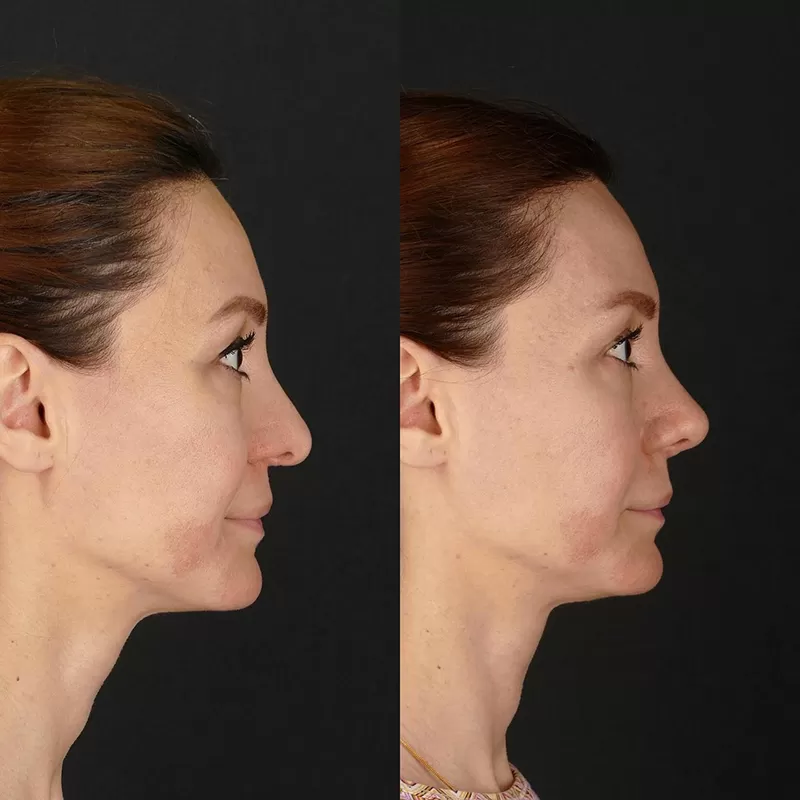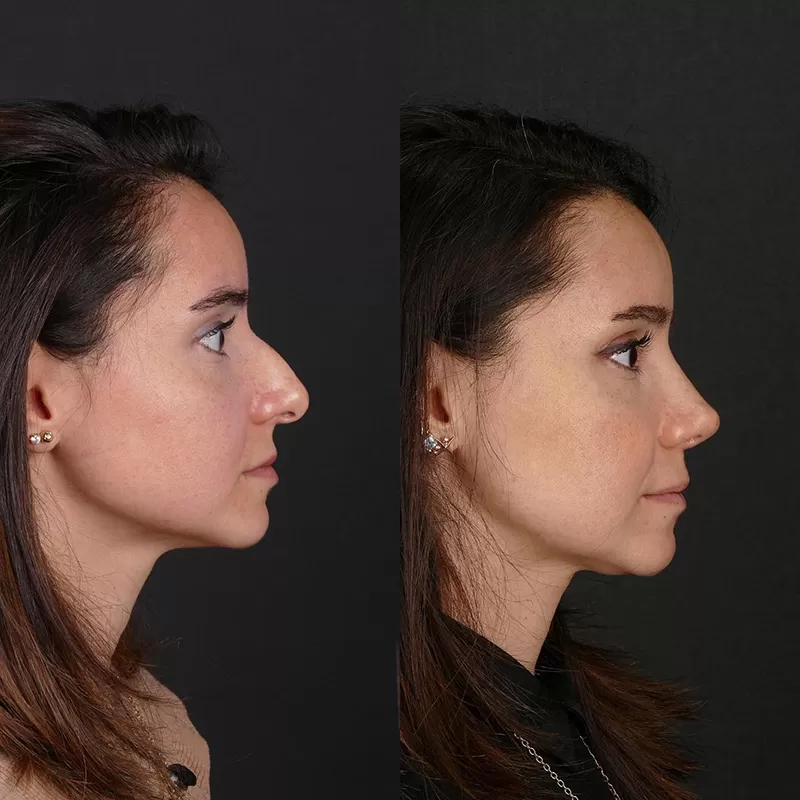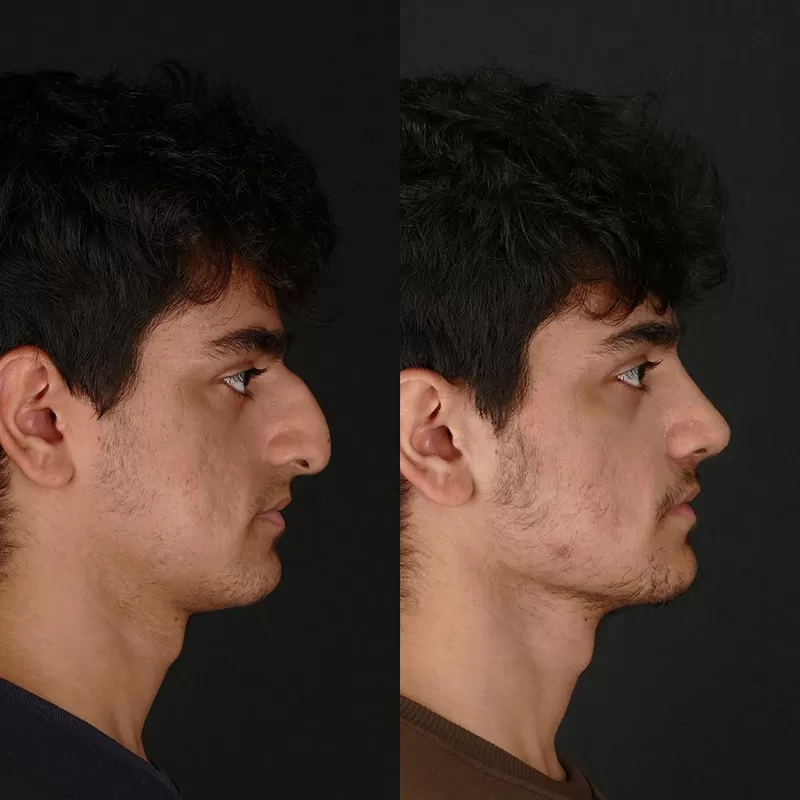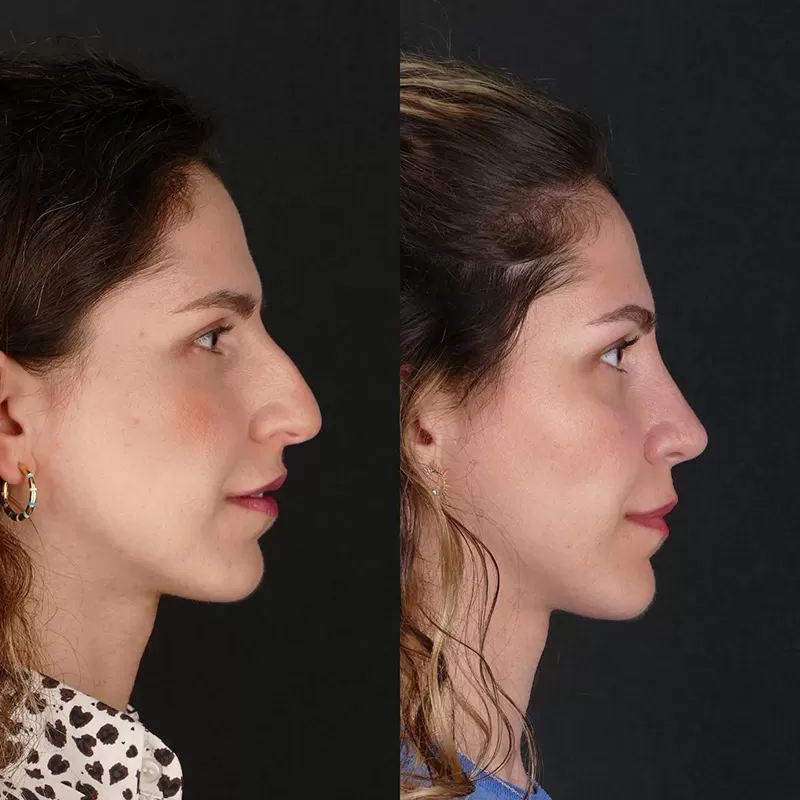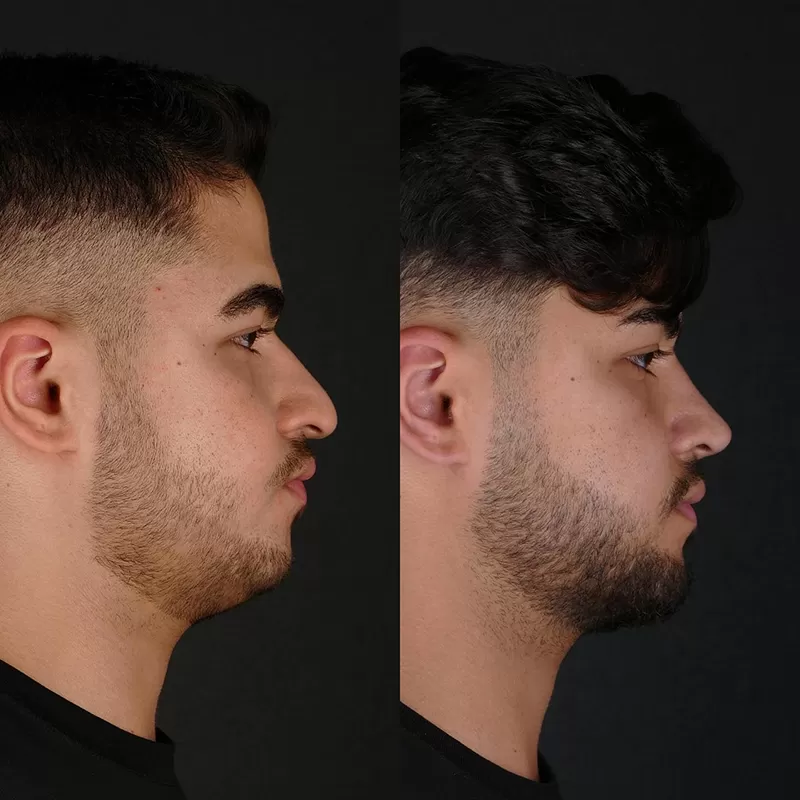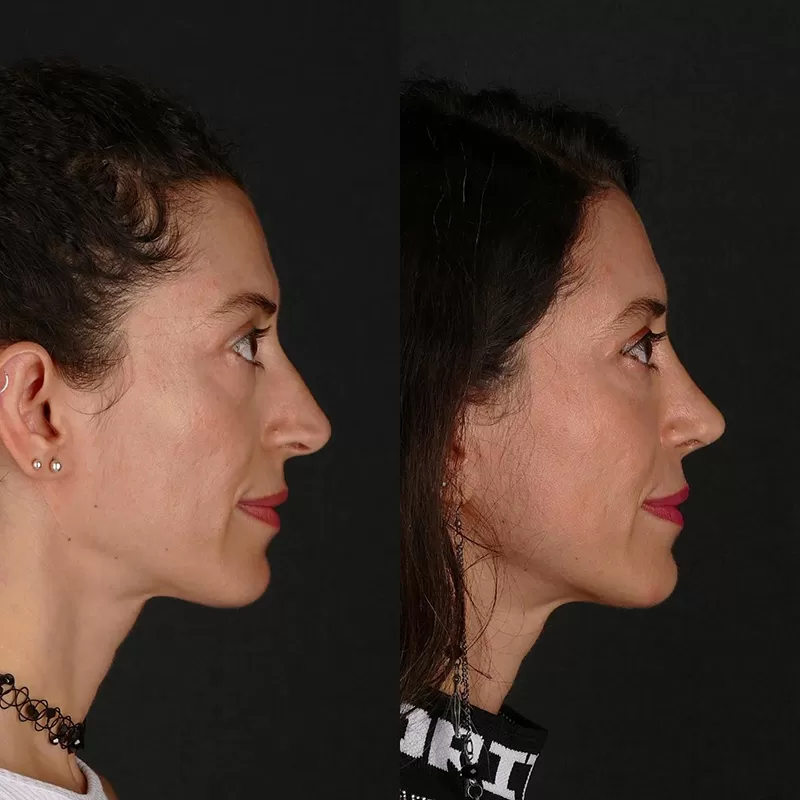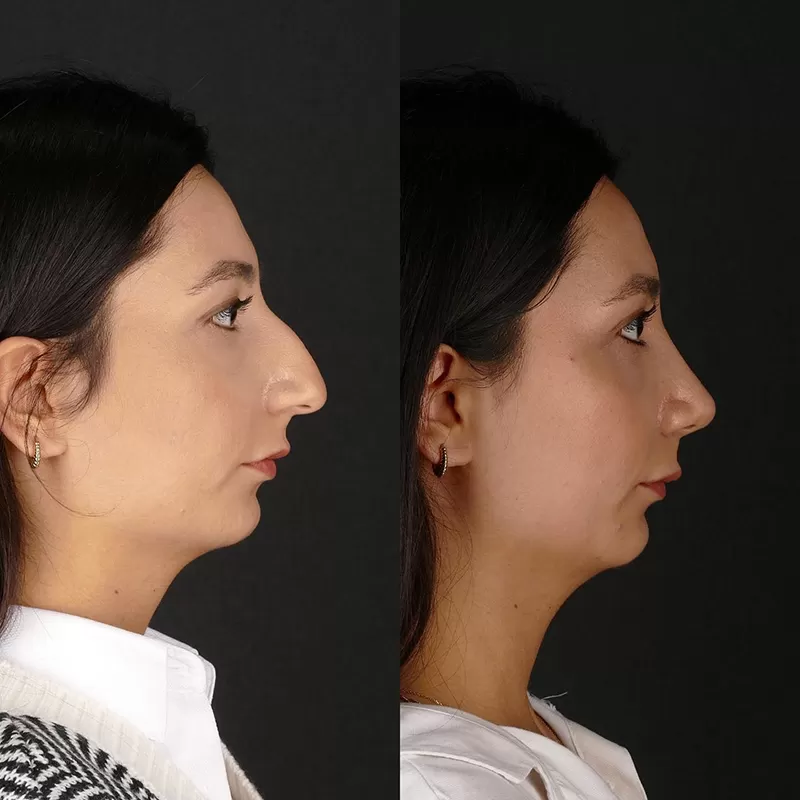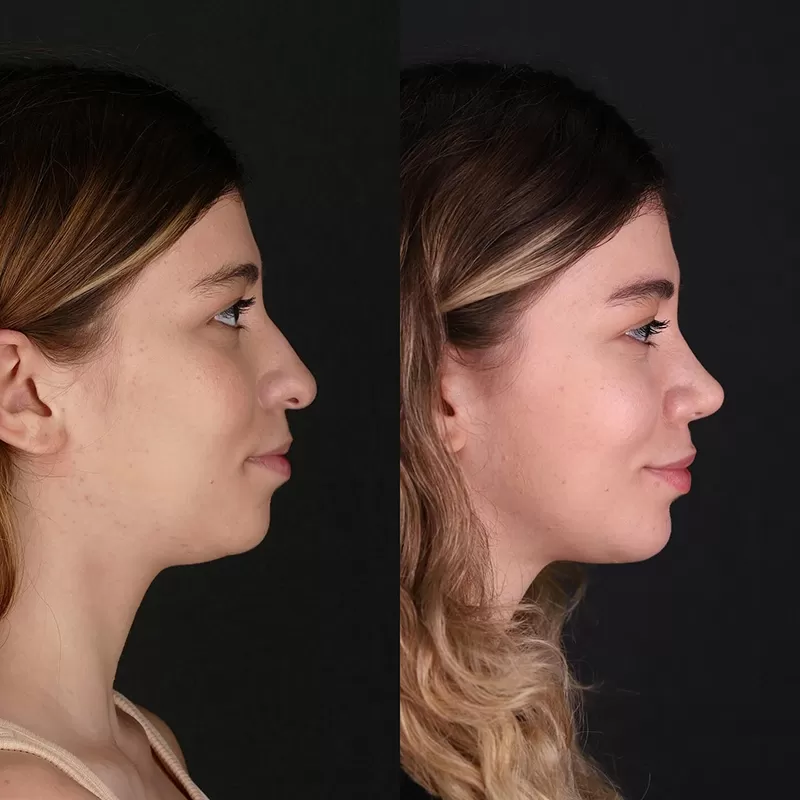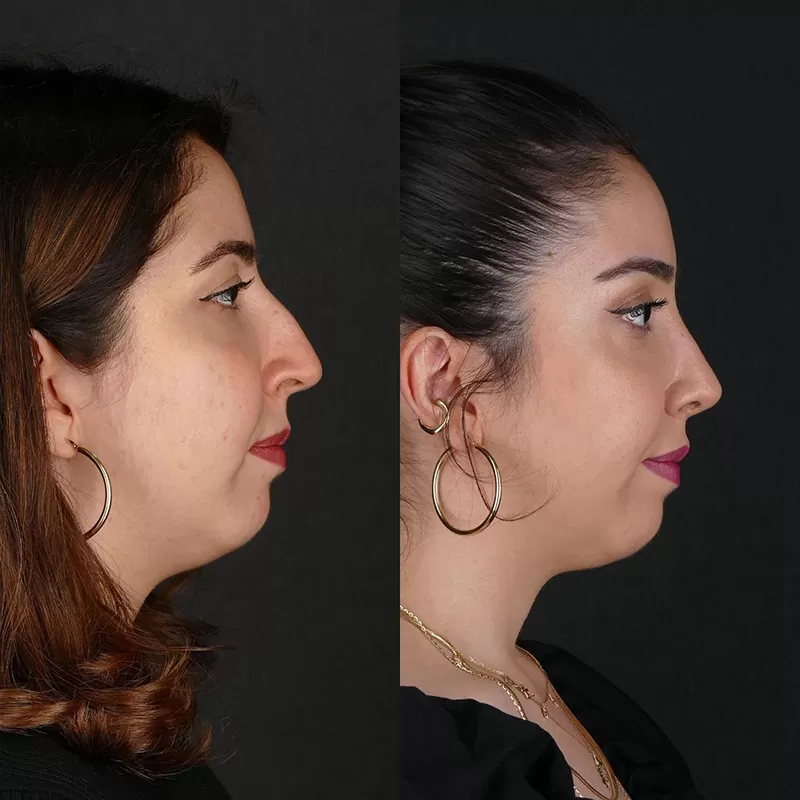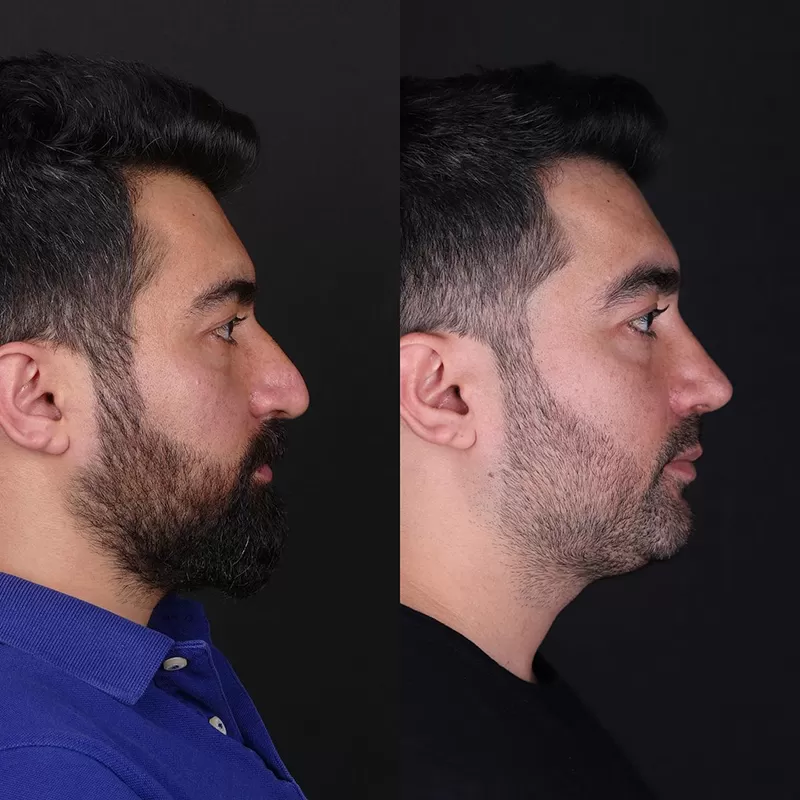Vocal Cord Paralysis
İçindekiler
ToggleVocal Cord Paralysis
The nerves that perform motor and sensory tasks in humans are the Cranial Nerves (Cranial Nerves or Cranial Pairs), which are distributed throughout the body from the central nervous system located in the brain and have a paired structure, one on the right and one on the left.
The tenth of these pairs, the Nervus Vagus (10th Cranial Pair), is distributed to the mouth, ear, larynx, heart, lungs, stomach and intestines after leaving the skull and enables these systems to fulfil their functions.

There are different types of vocal cord paralyses according to the area they occur and affect:
Unilateral Vocal Cord Paralysis: Only one vocal cord is affected. One of the vocal cords remains in a half-open position without closing completely and loses its ability to move. Synchronisation with the fully closed vocal cord is lost. It causes problems in breathing due to lack of breath and exhaustion, and in speech due to low voice.
Bilateral vocal cord paralysis: Both vocal cords are affected. The vocal cords remain in a semi-open position without closing completely and lose their ability to move. If the opening is less, the voice sounds good, but since there is no opening, breathing becomes difficult and urgent intervention is needed. In order to ensure respiration and to prevent the entry of foreign substances into the trachea during feeding, a hole is made in the trachea through the outer part of the neck (tracheostomy).
Vocal Cord Paralysis Causing Loss of Sensation in the Larynx: It is the loss of the sensation of the larynx due to the loss of the function of the Nervus Vagus, which provides the sensation of the larynx alone. The tension of the vocal cord is affected. Speech becomes hoarse, food can get into the windpipe, the voice changes while singing, a feeling of pressure in the throat is felt, the need to clear the throat is felt.
TREATMENT PROCESS
Vocal Cord Paralysis
1 Session
3 Days
Lifetime
20 minutes
5 days later
General Anesthesia
5 Days
What are the symptoms of vocal cord paralysis?
General symptoms of vocal cord paralysis are hoarse, cracked or wheezy voice, shortness of breath and exhaustion, air mixture in the voice during speech, vocal fatigue and difficulty in swallowing saliva, food getting into the trachea during feeding and the danger of choking, which manifests itself with a coughing attack, drinking liquids coming back through the nose.
The position of the vocal cords at the time of vocal cord paralysis causes the symptoms of paralysis to differ. Depending on the openness of the vocal cords, hoarseness in the voice or difficulty in breathing appear as the most obvious symptom. In general, if paralysis occurs when the vocal cords are in the middle, i.e. close to their closed position, breathing problems predominate, and if paralysis occurs when they are on the sides, i.e. close to their open position, hoarseness problems predominate. Although it is very rare, if paralysis occurs when both vocal cords are in a fully closed or slightly opened position; breathing cannot be taken and emergency intervention is required.
In order to diagnose vocal cord paralysis, an initial examination should be performed by an ear-nose-throat specialist. With this examination, issues such as whether the problem causing the complaints is paralysis of the vocal cords, whether the paralysis is in one or both vocal cords, the level of paralysis, and whether there is another factor are determined. In the first examination, the structure and functionality of the vocal cords are examined with endoscopic devices called laryngoscopy or stroboscopy, in which the vocal cords and their surroundings are imaged, and voice analysis programmes. The functionality of the muscles in the larynx that move the vocal cords is examined by using an electromyography (EMG) device that measures the electrical potential of the muscle by entering the muscle through a needle (electrode). If swallowing and feeding problems are present, fluoroscopy is used to examine the course of this substance in the body, especially between the mouth and oesophagus, by administering contrast agents such as barium and nonionic iodine to the patient.

What are the Symptoms of Vocal Cord Paralysis?
Although the cause of some vocal cord paralysis is not fully understood, it is mostly caused by a trauma or operational damage to the Nervus Vagus nerve during neck, throat, thyroid, heart and lung surgeries, or due to infections and neurological problems that occur after these interventions. In addition to these reasons; infections not caused by any surgery, balance nerve inflammations (Vestibular Neuritis), goiter surgery, neck traumas, tumours in the larynx and surrounding organs, reflux, head traumas that damage the neural structure can also cause vocal cord paralysis.

